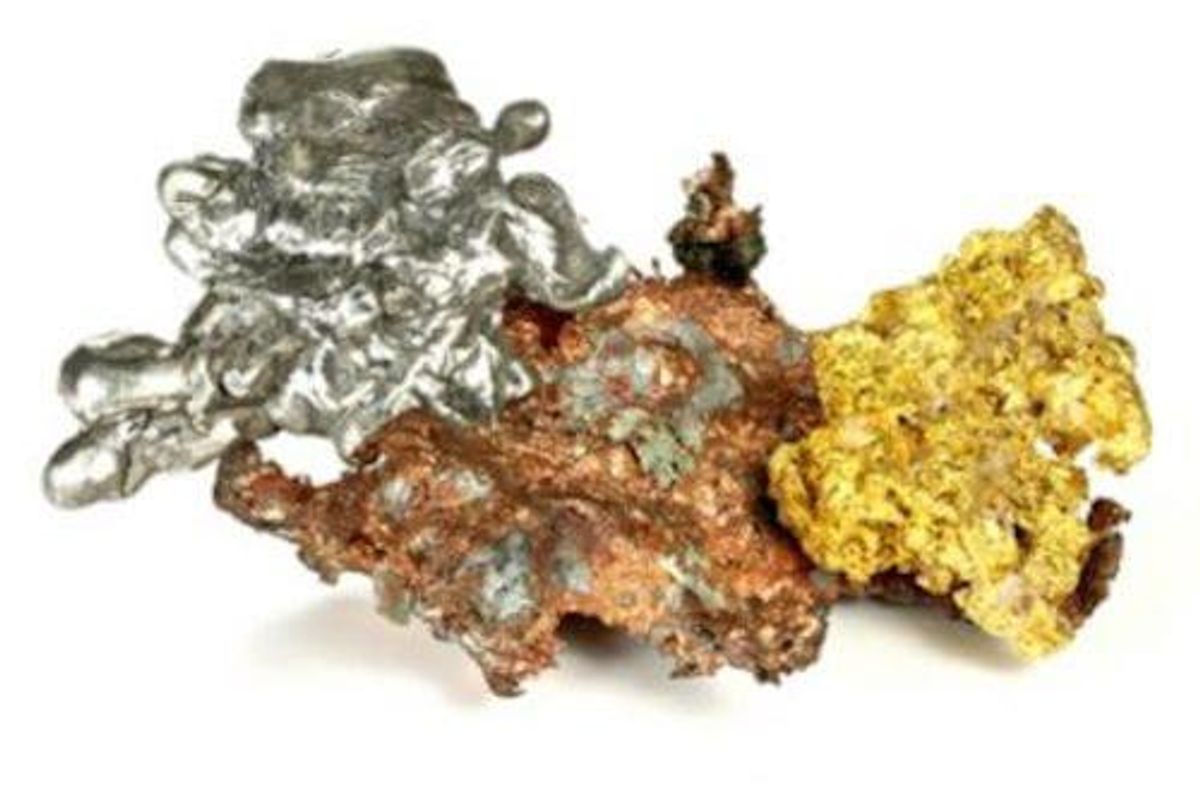- AustraliaNorth AmericaWorld
Investing News NetworkYour trusted source for investing success
- Lithium Outlook
- Oil and Gas Outlook
- Gold Outlook Report
- Uranium Outlook
- Rare Earths Outlook
- All Outlook Reports
- Top Generative AI Stocks
- Top EV Stocks
- Biggest AI Companies
- Biggest Blockchain Stocks
- Biggest Cryptocurrency-mining Stocks
- Biggest Cybersecurity Companies
- Biggest Robotics Companies
- Biggest Social Media Companies
- Biggest Technology ETFs
- Artificial Intellgience ETFs
- Robotics ETFs
- Canadian Cryptocurrency ETFs
- Artificial Intelligence Outlook
- EV Outlook
- Cleantech Outlook
- Crypto Outlook
- Tech Outlook
- All Market Outlook Reports
- Cannabis Weekly Round-Up
- Top Alzheimer's Treatment Stocks
- Top Biotech Stocks
- Top Plant-based Food Stocks
- Biggest Cannabis Stocks
- Biggest Pharma Stocks
- Longevity Stocks to Watch
- Psychedelics Stocks to Watch
- Top Cobalt Stocks
- Small Biotech ETFs to Watch
- Top Life Science ETFs
- Biggest Pharmaceutical ETFs
- Life Science Outlook
- Biotech Outlook
- Cannabis Outlook
- Pharma Outlook
- Psychedelics Outlook
- All Market Outlook Reports
Metals Weekly Round-Up: Gold Trends Point to Higher Values

Gold approached a two week high on Friday amid concern US President Joe Biden will propose more stimulus and set an inflationary tone.
The price of gold climbed to a near two week high this week as US President Joe Biden’s stimulus plans set an inflationary tone and weighed on the US greenback.
After Biden’s inauguration on Wednesday (January 20), the yellow metal rallied to US$1,874 an ounce before pulling back to the US$1,850 range by Friday (January 22).
The value of gold remains discounted from its early year high of US$1,950, seen on January 5, but sentiment is pointing to another spike in the near term.
Delayed vaccine shipments, as well as the emergence of new variations of COVID-19, are factors that have the potential to spur safe haven demand for the metal.
“Gold has some more upside in the slightly longer horizon, given that global central banks are likely to stay dovish for an extended period of time,” Margaret Yang, a DailyFX strategist, told Reuters.
Gold was priced at US$1,853.11 at 10:42 a.m. EST on Friday.
Silver made a modest gain this week, edging to US$25.91 per ounce by midday on Thursday (January 21). Following a similar path as gold, silver has declined since reaching a year-to-date high in early January.
The elevated price point has helped to push the gold/silver ratio lower, as noted in a weekly precious metals update from Metals Focus. “The gold:silver (ratio) drifted lower towards 73 after hitting a one month high of almost 75,” it reads.
The white metal is up considerably year-over-year, trading at 2013 levels in the US$24 to US$25.50 range.
At 10:52 a.m. EST on Friday, silver was valued at US$25.39.
Platinum and palladium were also poised to end the week higher, motivated by 2020 production declines. According to Metals Focus, platinum-groups metals are “uniquely vulnerable” to disruptions.
This risk was realized in 2020, when the dual impact of the COVID-19 pandemic and the unexpected shutdown of the Anglo converter plant resulted in platinum and rhodium output falling by around 21 percent year-over-year. Palladium output is forecasted to have dipped 13 percent.
Platinum was selling for US$1,098 an ounce at 11:10 a.m. EST on Friday, while palladium was valued at US$2,248 per ounce at that time.
Copper moved north of US$8,000 per tonne this week after sitting below that threshold early in the period. Despite trading below its year-to-date high of US$8,146, analysts see near-term gains.
“The red metal has found support on the back of upcoming elections and labor negotiations in Chile and Peru, an anticipated rebound of the global economy, sustained growth of industrial activity as well as robust metal demand by China, global COVID-19 vaccination rollout, and a weaker dollar,” a S&P Global report reads. The price of copper was at US$8,051 on Friday morning.
Zinc began to rebound this week after dipping to a two month low on Tuesday (January 19). Despite the uptick, Fastmarkets remains cautious about the impact that more lockdowns and logistical disruptions could present for the base metals space.
“Although we remain long term bullish toward the base metals, we have to be prepared for some counter trend moves along the way and talk about stricter lockdowns in many areas may well prompt more profit-taking,” reads a Friday note.
Zinc was selling for US$2,707 early Friday.
Nickel reached a fresh 18 month high to trade for US$18,370 per tonne on Thursday. The metal rallied 1.7 percent between Wednesday and Thursday. Friday morning saw nickel valued at US$1,8370.
Lead also ticked up to end the week, climbing from a Monday value of US$1,974 per tonne to US$2,040.
Don’t forget to follow us @INN_Resource for real-time updates!
Securities Disclosure: I, Georgia Williams, hold no direct investment interest in any company mentioned in this article.
Editorial Disclosure: The Investing News Network does not guarantee the accuracy or thoroughness of the information reported in the interviews it conducts. The opinions expressed in these interviews do not reflect the opinions of the Investing News Network and do not constitute investment advice. All readers are encouraged to perform their own due diligence.
Outlook Reports
Featured Base Metals Investing Stocks
Browse Companies
MARKETS
COMMODITIES
| Commodities | |||
|---|---|---|---|
| Gold | 2332.07 | +15.78 | |
| Silver | 27.43 | +0.25 | |
| Copper | 4.56 | +0.07 | |
| Oil | 83.77 | +0.96 | |
| Heating Oil | 2.57 | +0.01 | |
| Natural Gas | 1.61 | -0.04 | |
Investing News Network websites or approved third-party tools use cookies. Please refer to the cookie policy for collected data, privacy and GDPR compliance. By continuing to browse the site, you agree to our use of cookies.